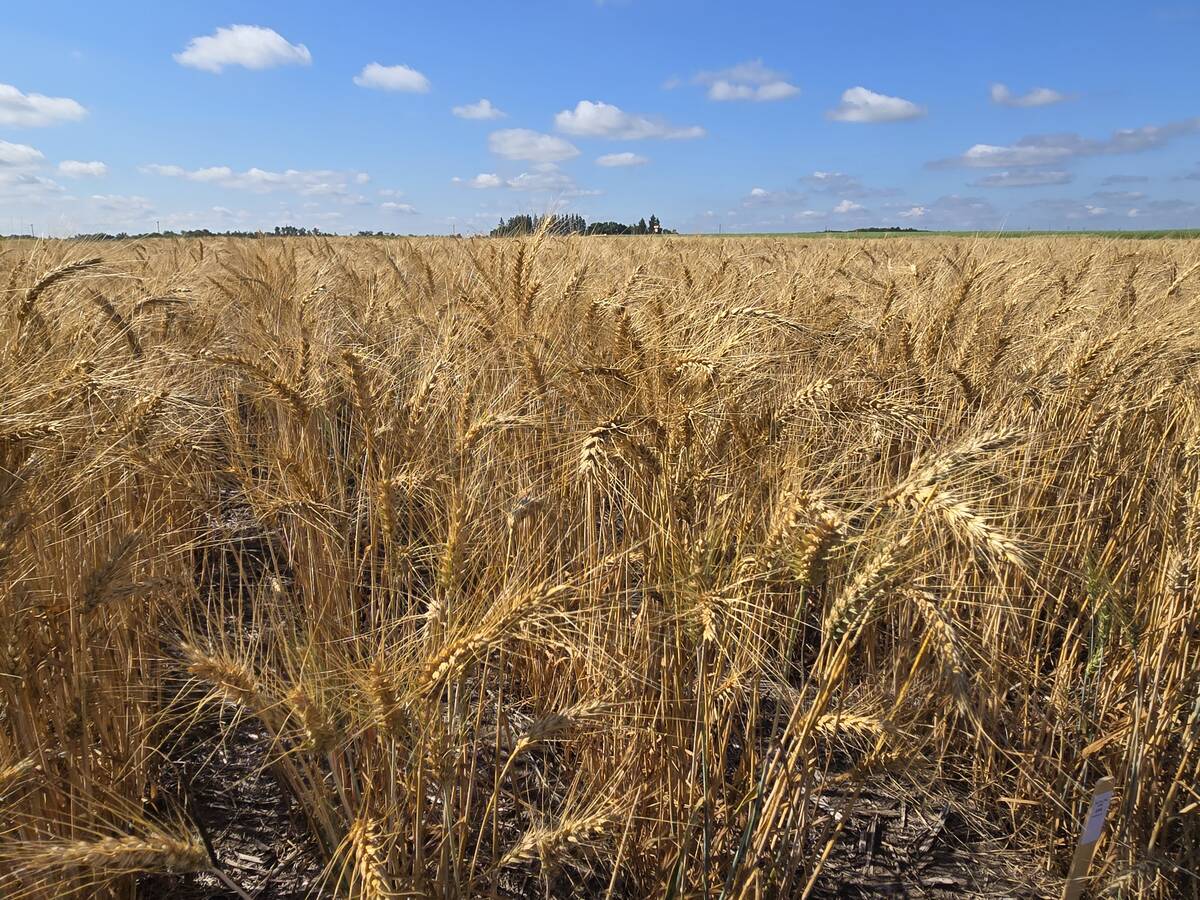CALGARY — The effect of tillage erosion has been vastly underestimated, says a University of Manitoba soil scientist.
David Lobb said it is likely a bigger factor than wind or water erosion in terms of productivity loss on farmland.
Conservation tillage practices can make it worse, he added.
Lobb acknowledged that his views, which are based on 25 years of research, haven’t been embraced by the soil science community. However, another important audience has always seen their merit.
“The one group that has always been completely in tune with this, and recognized it right off the bat, is the farmer. They get it. And so that has always been positive. I’m satisfied with that,” Lobb said in an interview after his Feb. 27 presentation at the Precision Ag Update.
Read Also

Fall rye hits record high in Manitoba
Winter cereals 2025: More Manitoba fields grew fall rye in 2025 than ever before, but winter wheat slipped and, while spring stand survival was good, drought took its toll
“I can take disparaging comments from scientists and extension people.”
Lobb said current patterns of soil erosion on the Prairies cannot be explained by wind and water erosion alone. Although the two factors may be significant, tillage erosion best explains the soil variability and productivity loss on hills, knolls and other high spots.
Even in the windiest areas of the province, including southern Alberta, “the observed pattern of soil erosion is inconsistent with the magnitude and the pattern of soil loss caused by wind erosion,” said Lobb.
There is actually little wind erosion, he added, despite the frequent appearance of “snirt,” which is snow mixed with dirt.
“It’s by no means near the rate that people were predicting,” Lobb said. “The pattern of soil erosion can be explained by tillage erosion.”
Tillage erosion is defined as the net redistribution of soil resulting from variability when soil is moved by tillage. Lobb’s research has shown that a potato planter can move soil almost four metres, while a chisel plow can move soil two metres, a greater distance than a mouldboard plow.
“High disturbance seeders can be as erosive as the mouldboard plow,” said Lobb.
They do not dig as deeply but can create greater soil variability. Soil is also moved in some harvest operations, he added.
“Post-seeding operations are never considered to be a factor in soil erosion. In fact, they may be the major factor, and they’re completely ignored.”
Conservation tillage, which includes minimum and zero tillage practices, are touted as reducing erosion, but they don’t address problems on higher spots in fields.
“I’ve had zero till farmers say to me, ‘you know, I’ve been at this game for 20, 25 years and I still haven’t got my productivity back from my hilltops.’ That’s probably because they will never get it back because those farmers are using high disturbance seeding.”
Lobb said a cultivator with an air seeder and knives can move soil as much as one metre, which means conservation tillage is not the solution to soil variability and productivity problems.
Tillage will level a field over time, but the length of time will vary widely depending on the erosivity of the tillage and the erodability of the landscape.
He said erodability depends on slope and soil properties. Areas with many short steep slopes are the most sensitive to tillage erosion.
Erosivity, the propensity of tillage to erode soil, depends on implement design, combination of tillage tools, depth, speed, tractor-implement match and operator behaviour.















